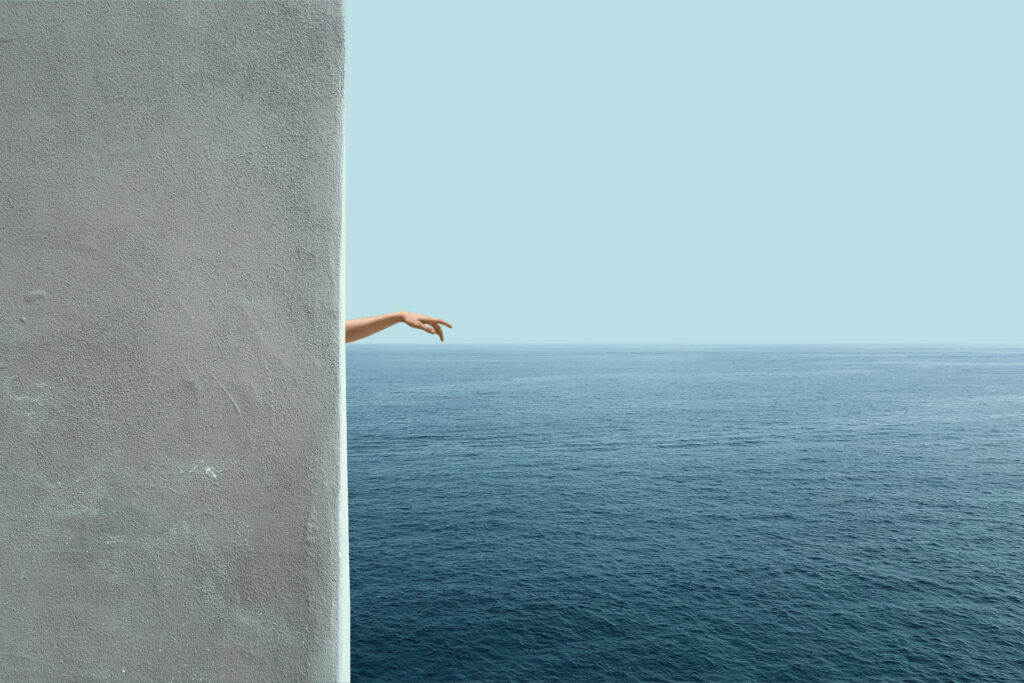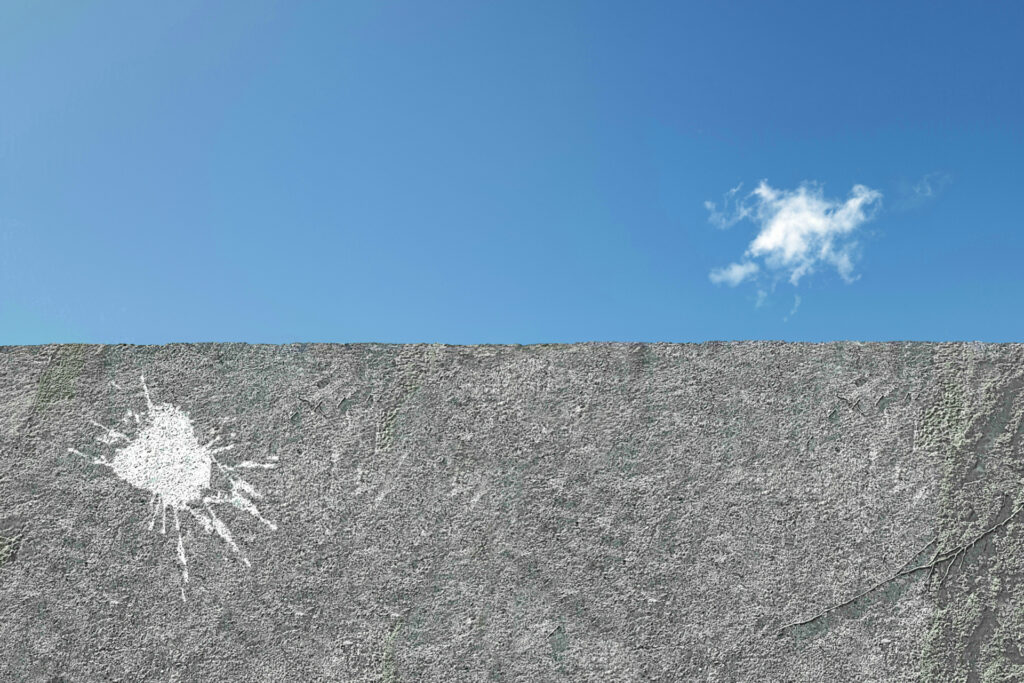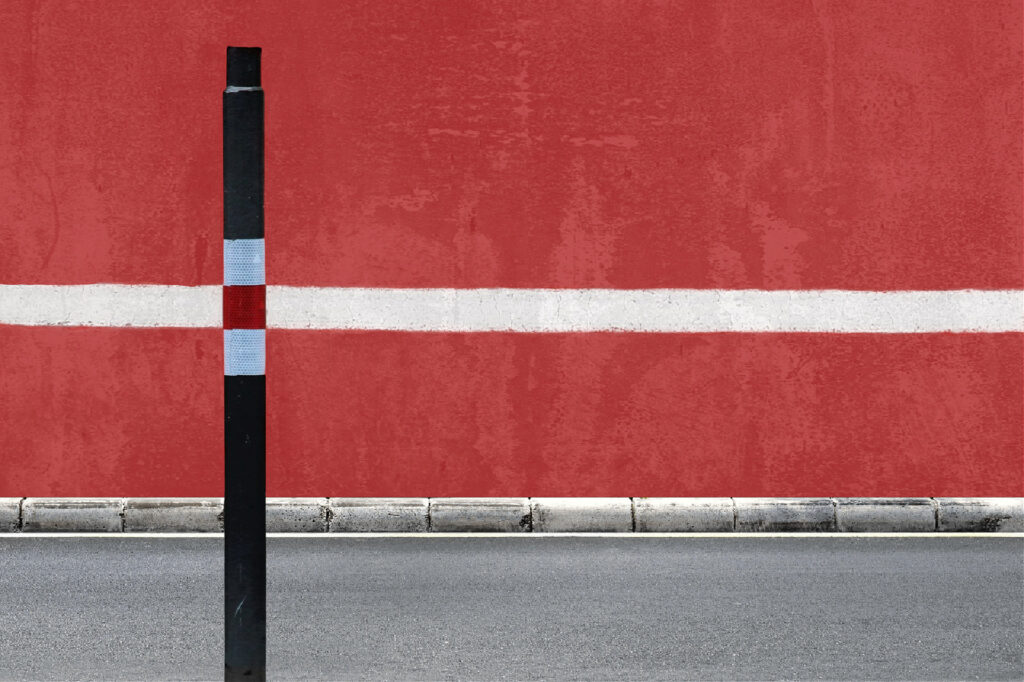FOCUS ON
MATTEO ABBONDANZA
Matteo Abbondanza is a photographer known for his distinctive personal style.
He began with street photography and later diverged from it.
He has taken minimalism and geometry to the highest levels, undoubtedly surprising viewers with his compositions.
Here’s a brief interview to better grasp his perspective on photography.
Q Matteo, I would start with ‘La forma è il contenuto‘ (Form is the content), your recently published book, and also a phrase with which I personally identify you. This statement of yours has always seemed very intriguing to me. Can you explain it, especially to those who may not know you?
A I’ve never been interested in giving messages, making people think, making art of denunciation or anything else: it’s not my job.
My intent has always been to create images whose strength lies in the shape, in the aesthetics.
Nothing happens in my shots, they are a pure aesthetic exercise through which I show what I see in the world or, better, what I would like to see.
I am interested in the composition, the POV, the coincidences of lines, the combinations of shapes and spaces because it frees myself from anxiety: I am obsessed with the visual impact, with the beauty of the coincidences and I try to convey this obsession with photography.
It is also a way to go in the opposite direction to the dominant radical chic mentality according to which art must always necessarily have a social purpose.
For me it is not like this: for this reason “the shape is the content” has always seemed to me a perfect definition to describe what I try to do with photography.
Q Simply put, what does photography mean to you?
A In photography I can be the person i am without having to account to anyone about why and how: if you like it well, otherwise fuck it.
It is the space where I give vent to myself without the need to mediate, compromise, give explanations.
My photos speak of my inability to come to terms with a world that is too chaotic, that I don’t understand, that scares me, that I would like different.
Q When are you satisfied with one of your photographs? And when do you fall in love with a photograph by another artist?
A I am satisfied with a photo of me when I look at it and think: here we go. This happens once every 200 shots: so I’m frustrated 199 times, but that two-hundredth time goes for all the others. Similarly, once in 200 I see a photo taken by others and think “I wish I had taken it”: it means I’m in love with that shot.
Q Your photographic journey has led you to tackle various genres. How have you managed to find your own distinctive and recognizable style?
A I found my way when I stopped listening to advice, opinions and suggestions.
When you come into contact with the art world, many people appear and tell you “what should you do”.
It doesn’t work: art is too personal to be influenced by other people’s opinions.
I found my style when I started listening to myself, I stopped wanting to please others.
Q What advice can you give to someone who is just starting with photography now?
A Observe, read, study, learn… then unlearn everything and do it your way.
Q What is your opinion on the use of artificial intelligence in photography?
A I believe that the progress has been good up to a point, but it has also lasted too long.
I’m not against evolution and technology, but I think there is a limit to everything: the problem is this obsession with wanting to get to a result without worrying about the path.
Photography is one thing, artificial intelligence another.
You can conquer the most beautiful woman in the world by paying her: is there any fun?
You can buy “La forma é il contenuto ” HERE.
If you like this content please support the author + Woofermagazine and share it :

ON THE ROAD
Fran Balseiro takes us to discover his On the Road between Galicia and northern Portugal.


A DAY TRIP TO THE SEASIDE
Dmitry Stepanenko seeks to escape from London, reaches the sea coast and tells us about his observations
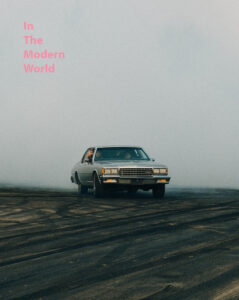
IN THE MODERN WORLD PHOTOBOOK
The photobook is ready to be ordered, we reveal the cover and the first 11 photos.
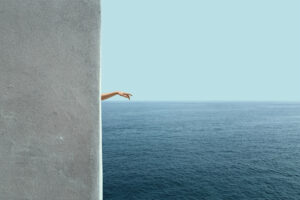
FOCUS ON MATTEO ABBONDANZA
Matteo Abbondanza is a photographer who stands out for his personal style and has a clear understanding of photography.
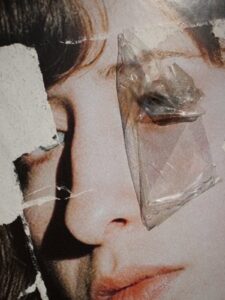
RETRATOS INTERVIDOS
Alberte Pereira wanders the streets with his camera looking for images influenced by man and time.

